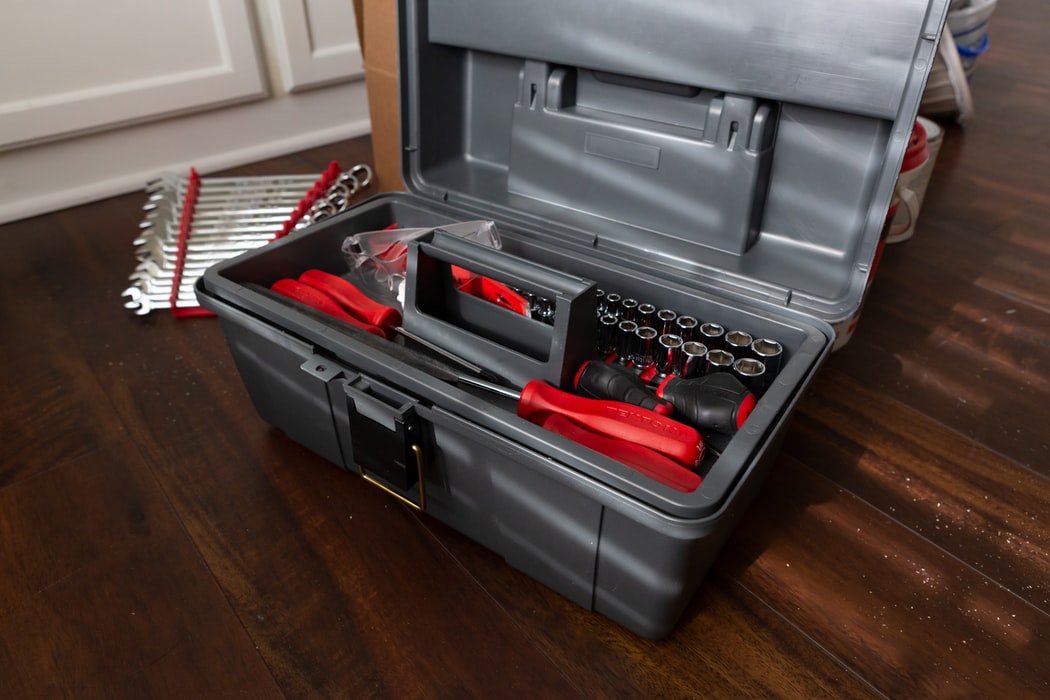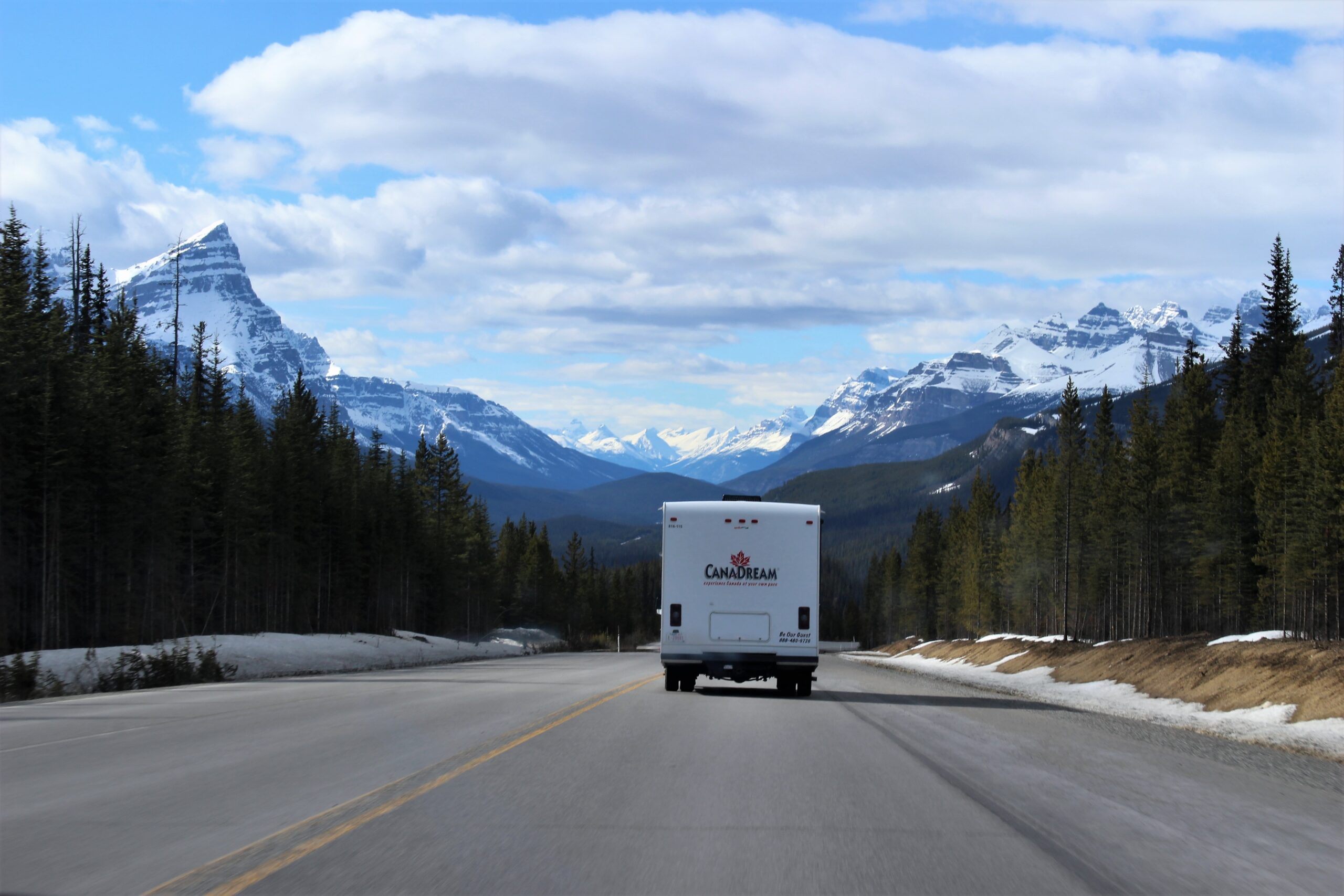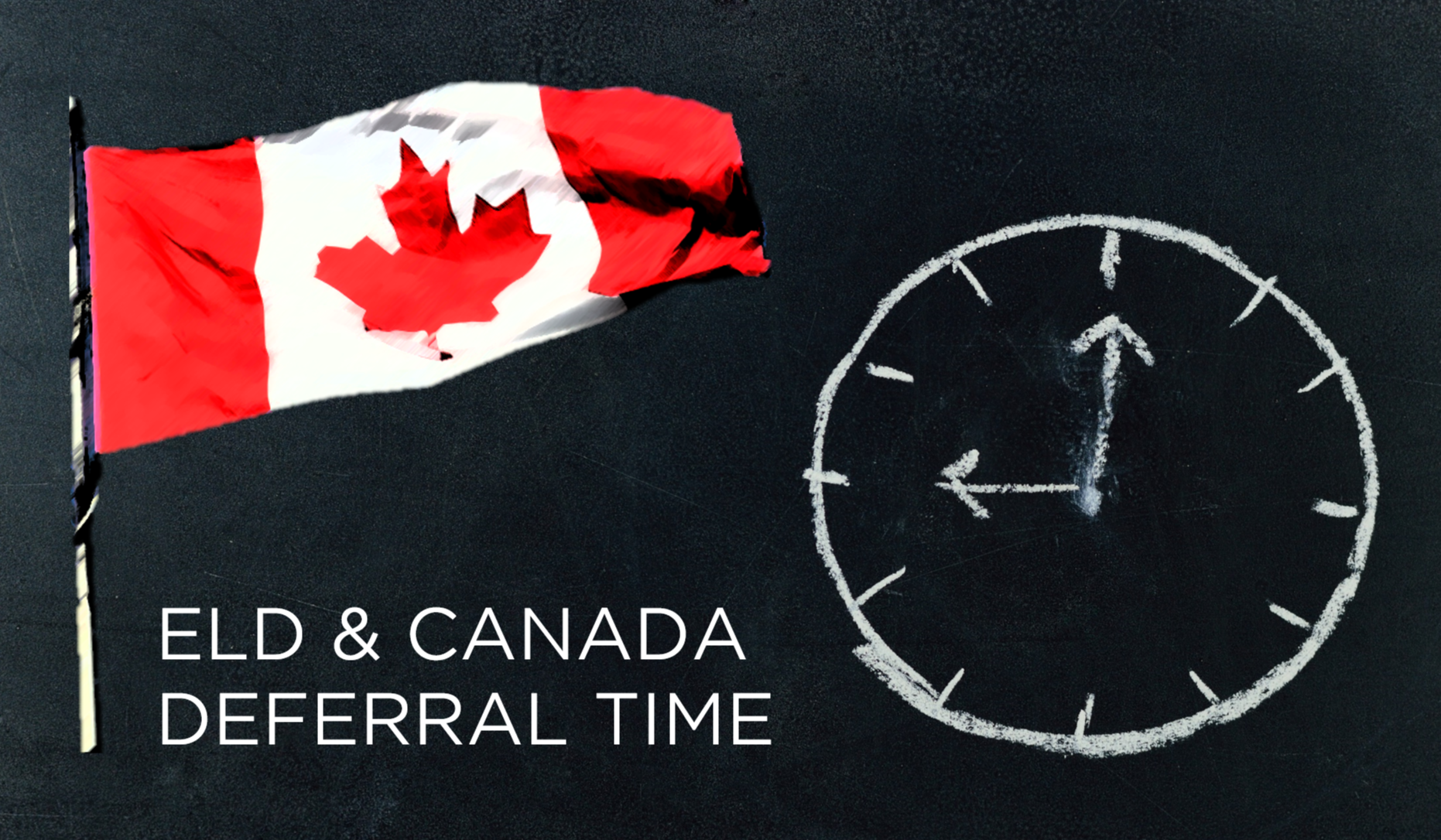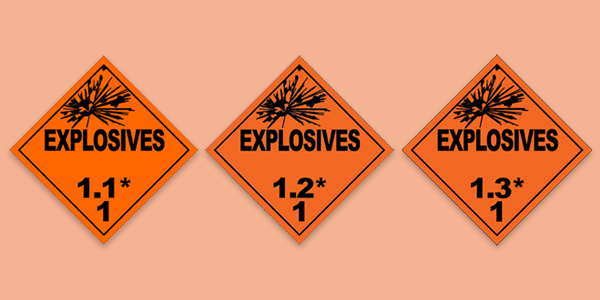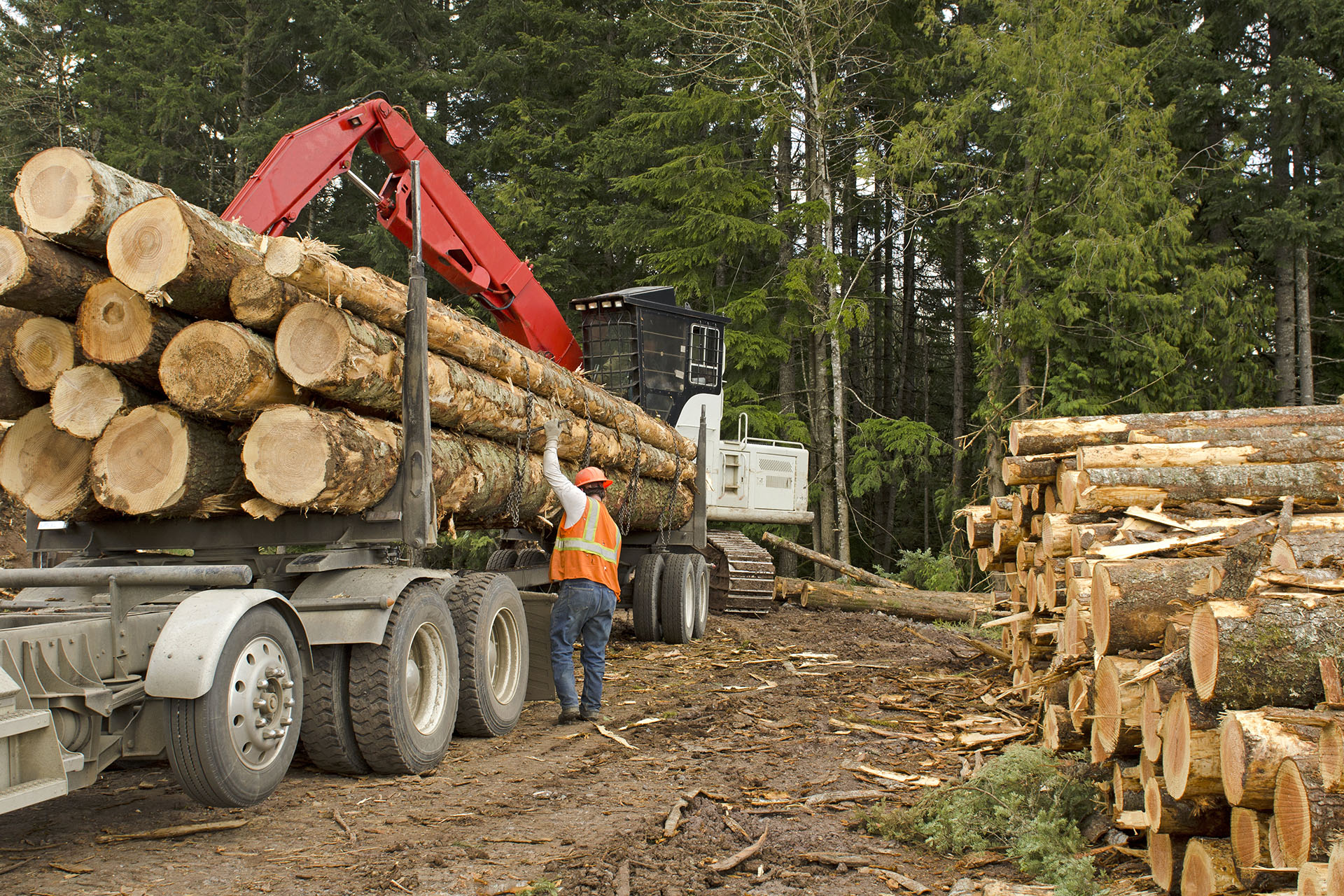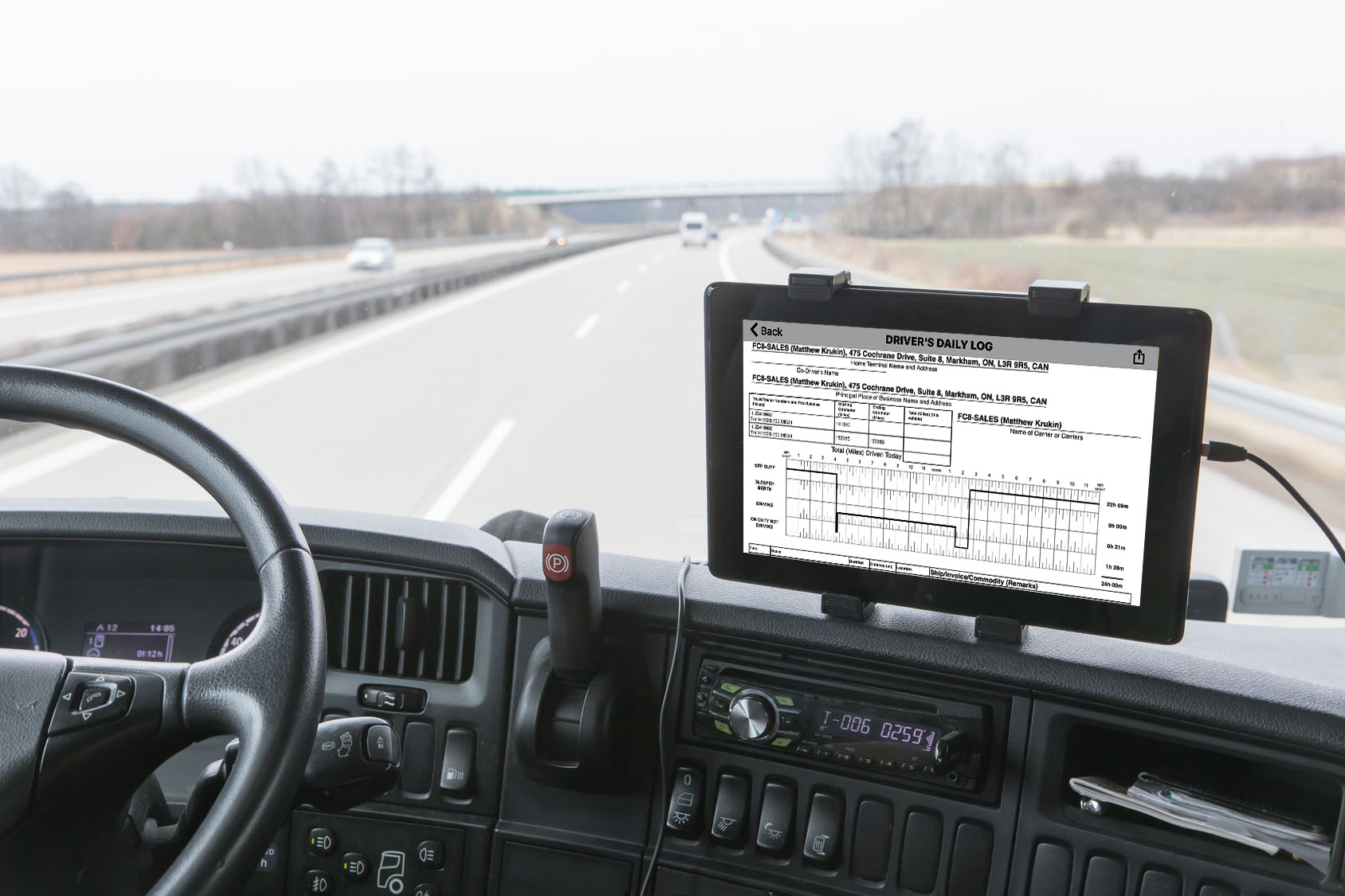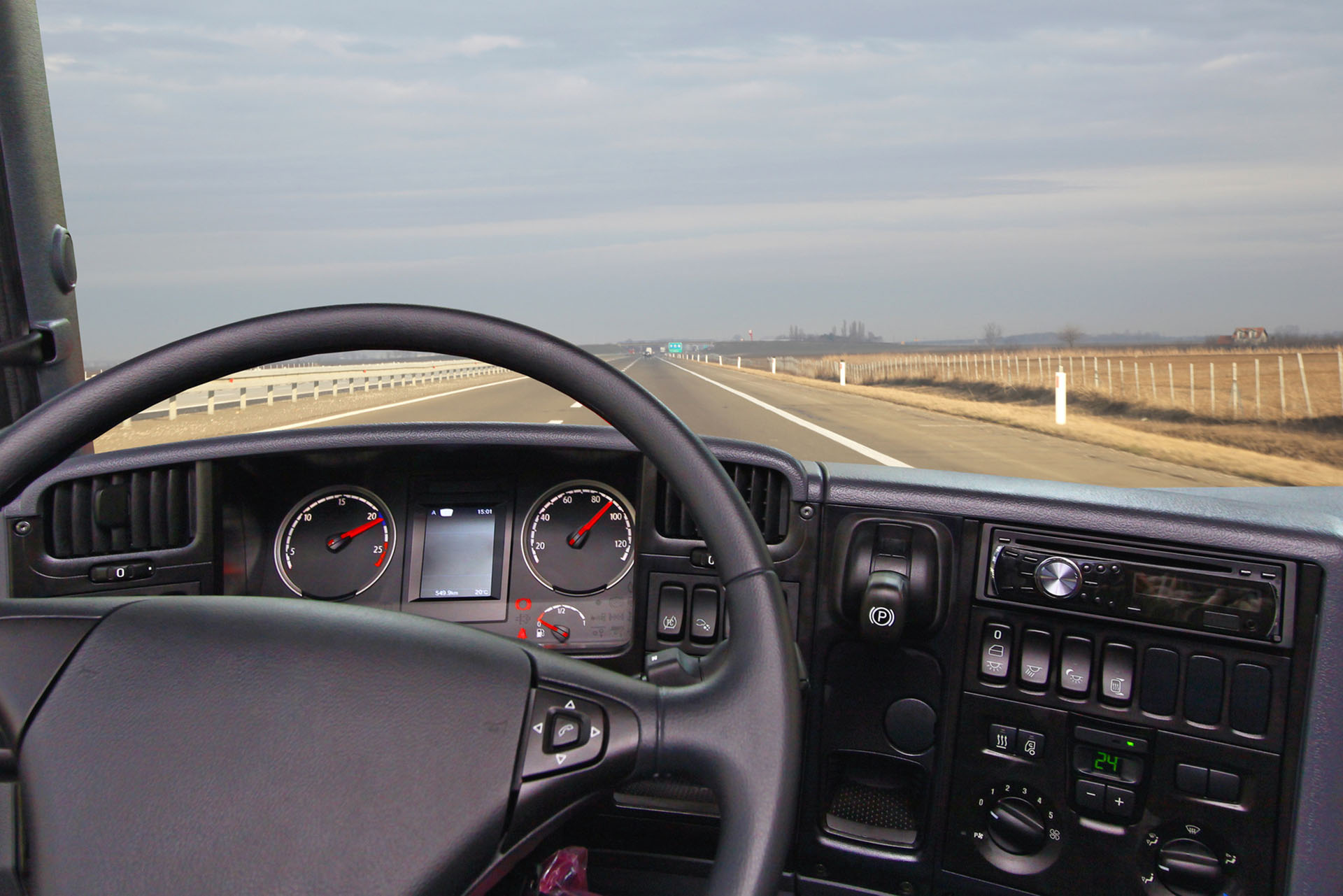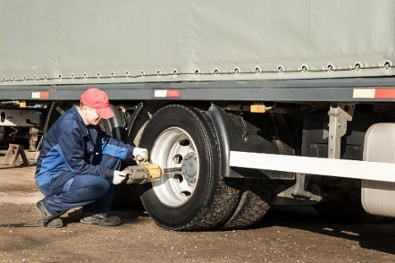Dear Marc,
My Ontario-based fleet is trying to reduce the paperwork to record Hours of Service for our drivers operating within a 160 radius. Looking at the MTO and CCMTA guideline documents, it seems as if we have to show the start and finish times in each duty status AND the total time in each duty status, which means it provides very little reduction in paperwork. I’m interested in whether you have any other insights on this subject. Thanks in advance.
Dear Reader,
Your statement that there is little reduction in paperwork is accurate when operating within a 160 Km radius in Canada.
Essentially, not only is there little reduction in paperwork, but the 160 Km radius exemption also requires the driver to return to the home terminal each day to begin a minimum of 8 consecutive hours of off-duty time.
Should a driver not be able to comply with this requirement due to a number of factors that may or may not be outside his/her control. This includes but is not limited to, being delayed in transit, or being dispatched for another pick-up in transit resulting in the driving running out of hours. The end result is that the driver must now complete a daily logs for the preceding 14 days.
Should the driver not have blank logs or complete, or cannot accurately recreate these preceding 14 days on an hours of service log, the driver and/or motor carrier can and will be cited, with the driver also potentially being placed out of service as well.
The second significant issue with the 160 Km radius exemption is that it can potentially shift responsibility for accurate ‘time records’ from the driver to the motor carrier. What I mean by that is if the driver is not keeping the accurate ‘time records’, then the motor had better. Specifically, the motor carrier would be required to maintain accurate and legible records showing, for each day, the driver’s duty status and elected cycle, the hour at which each duty status begins and ends and the total number of hours spent in each status and keeps those records for a minimum period of 6 months after the day on which they were recorded.
Such requests for these types of records would typically occur as a result of a Facility Audit. In such cases, should the motor carrier not have such accurate ‘time records’ upon request, and the driver was not complete a hours of service log, both the driver and/or motor carrier can and will be cited despite operating within the 160 Km radius of the home terminal.
















